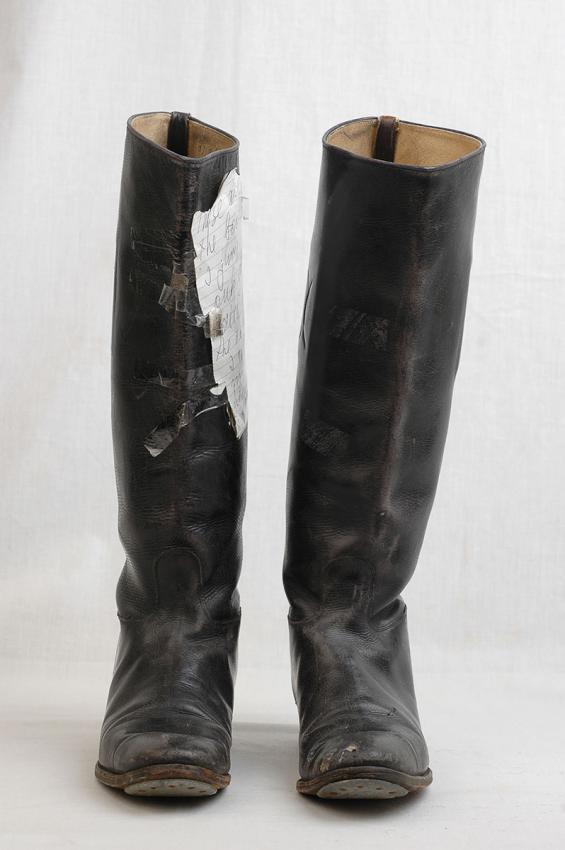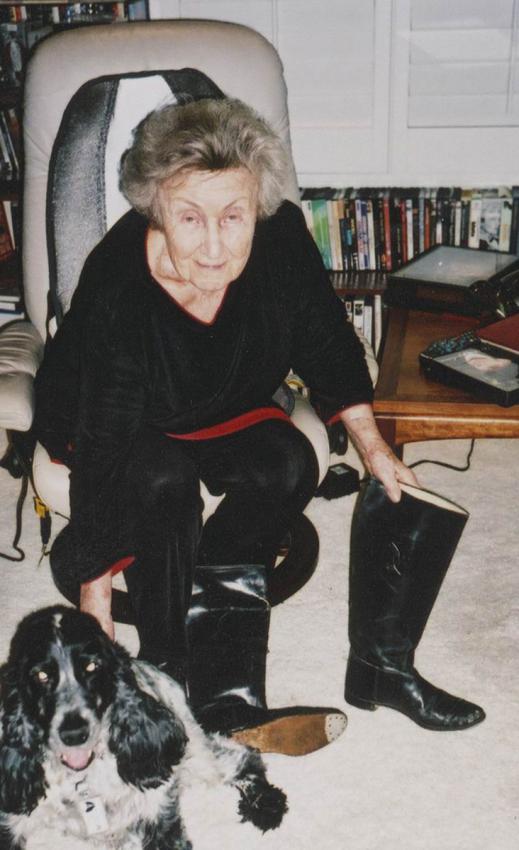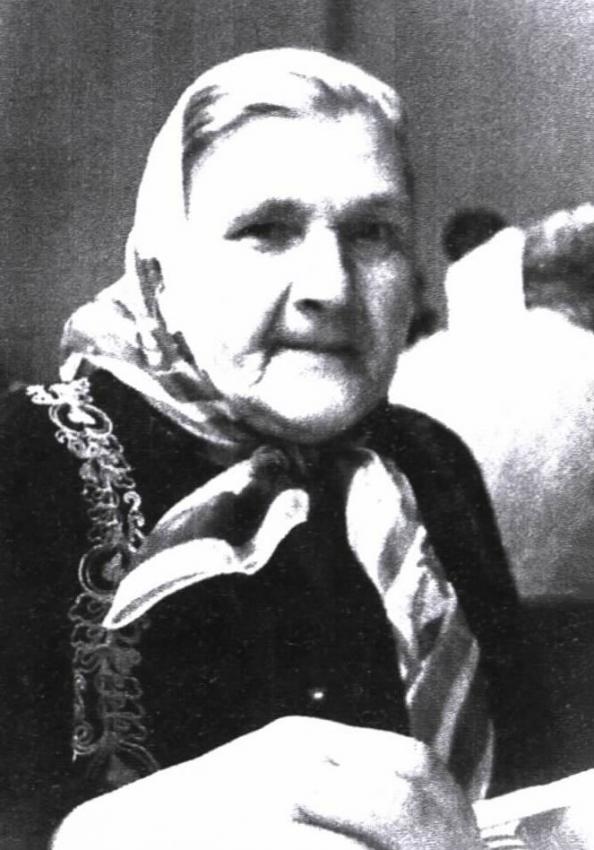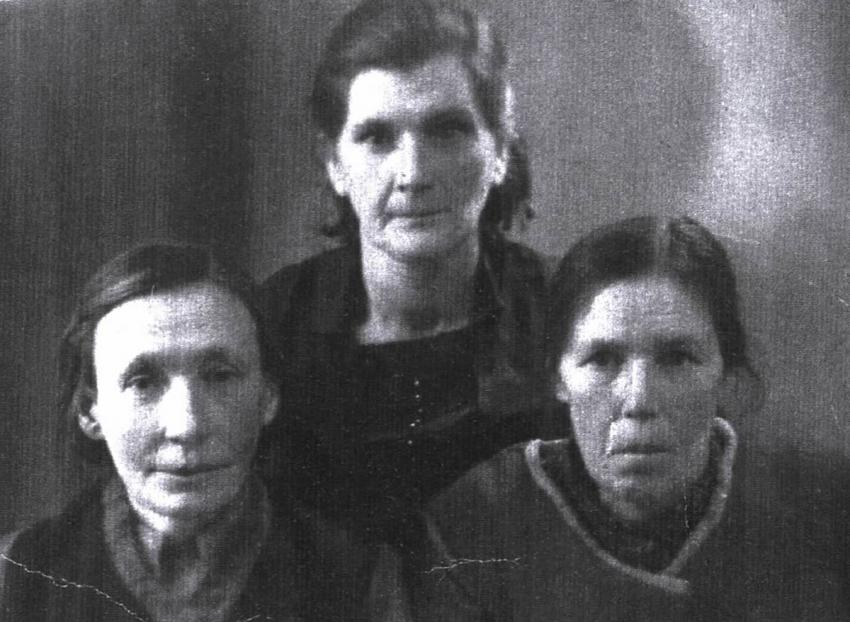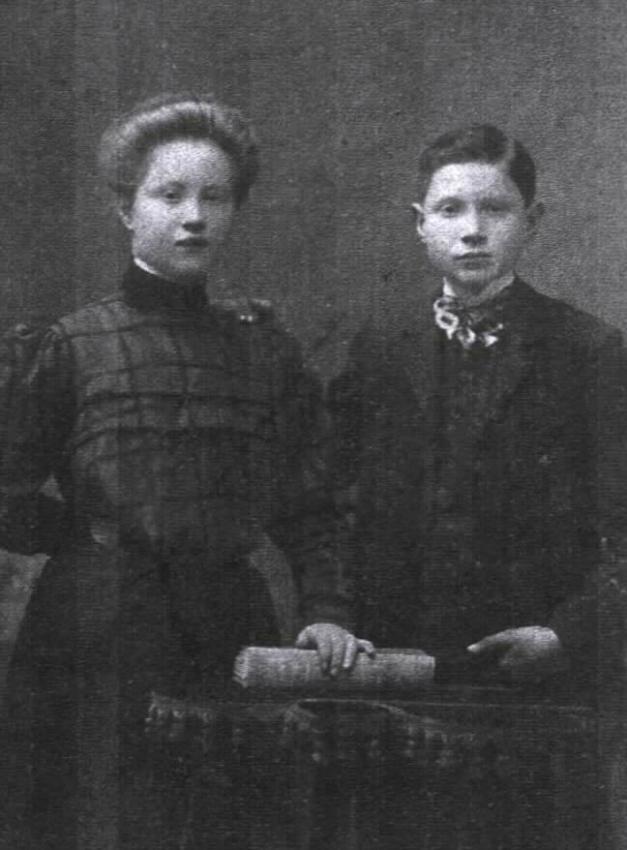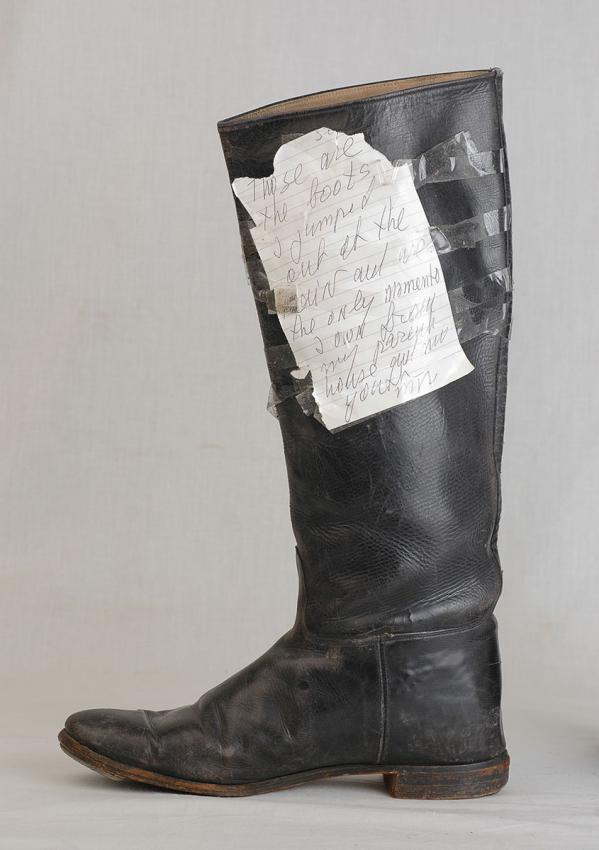Mira Kossowitzer was born in Bialystok, Poland on the 2nd of September, 1922 to Micha-Motel and Elka Kossowitzer, a sister to Ida and Abraham. Her parents were fur merchants whose business was nationalized by the Soviet authorities in 1939. When the Germans occupied Bialystok, Mira decided to escape the city with some friends. Finding the roads blocked, they were forced to turn back. On her return, Mira discovered that her brother Abraham had been murdered by the Nazis.
Along with all the Jewish residents of the city, Mira and her family were forced to move into the ghetto, where she and her father worked in a brush factory. Her grandmother, Itka, died a few days later from hunger and fatigue.
In August 1943, a Jewish youth arrived in the ghetto and related that he and a friend had escaped Treblinka and that they were now going from ghetto to ghetto to warn the Jews of the fate awaiting them. He encouraged them to escape to the forest. A few days later the residents of the ghetto received notification that they were to be transferred to work. It was clear to all that the intention was deportation.
Before Mira left her home, her mother sewed her grandmother’s diamond earrings, a watch, two bracelets and three coins into the lining of Mira’s coat for use when needed. Mira’s boyfriend, Misha Klivland sewed a gold bracelet into the lining of his coat. Between them they had $200 cash that Mira hid in her boots; the boots that her father had ordered specially for her in 1939, in the days before the ghetto.
On the 16th of August, 1943 Mira and Misha boarded the train. After a few hours’ travel, Misha managed to pry open the door of the rail car and the two decided to jump. Though Misha wanted to jump first, Mira said that if they would shoot Misha, she would be afraid to jump, and so she jumped first.
When Mira awoke, she found herself under a tree with a wounded cheek. She remembered nothing of what had happened. Suddenly she saw a young girl carried away by soldiers and she came back to her senses and looked around for Misha. She approached two soldiers who brought her to where he was lying dead with a bullet through the head. She showed them the gold bracelet sewn into the lining of his coat and they allowed her to get away.
Mira started to follow the railway tracks back to Bialystok. When one of the railway guards caught her and she barely managed to escape again, she entered the forest. After 15 days she reached Bialystok.
Maria Kazucik, a Christian friend of Mira’s parents had promised to help them if necessary and Mira made her way to her. Mira hid in the attic, not knowing that a friend was hidden in the cellar, a fact she discovered only upon liberation. Mrs. Kazucik cut Mira’s hair and cleaned her head of lice. For four days Mira hid in the attic. On the fifth day, a young German soldier arrived and said that Maria had told him about her and that he would hide her. Mira immediately suspected his real intentions and refused to accompany him. She subsequently told Maria that she couldn’t continue to hide there any longer.
Maria agreed to transfer Mira to her sister in law (also called Maria Kazucik) who lived in nearby Janowice. The following day Mira disguised herself as a Polish woman and accompanied Maria to the village. During the time Mira was in hiding in Janowice, friends of Maria who were in on the secret, would bring oil once every two weeks. Mira would tell them about books she had read and movies she had seen and the two elderly women were entranced by her.
With the advance of the Soviet troops and the violent retreat of the Nazis, Spiczek, Maria’s son, built a hiding place for Mira in the fields. Mira was hidden in Janowice until November 1944.
At the end of the war Mira decided to return to Bialystok. In the refugee camp that was set up outside the city, Mira found two of her cousins who sold their land in order to buy shoes and clothes for Mira. Out of fear that the Germans would return, Mira left the camp and entered the city where she met her friends Chaike and Miriam Grossman. The three women escaped together to Grodno.
Meanwhile Mira managed to find her uncle in the United States who sent her $100 and asked her to come to him. Mira went to Lodz, from there to Warsaw and from Warsaw to Paris. In Paris she met Alex-Sacha and the couple got married. In 1947 they immigrated to the United States.
Mira kept in contact with her rescuer, Maria Kazuczyk until Maria’s death in 1959.
On November 23, 2010, Yad Vashem recognized Maria Kazuczyk as Righteous Among the Nations.
Yad Vashem Artifacts Collection
Gift of Mira Becker, Los Angeles, USA
